Last Updated on February 12, 2024 by teamobn
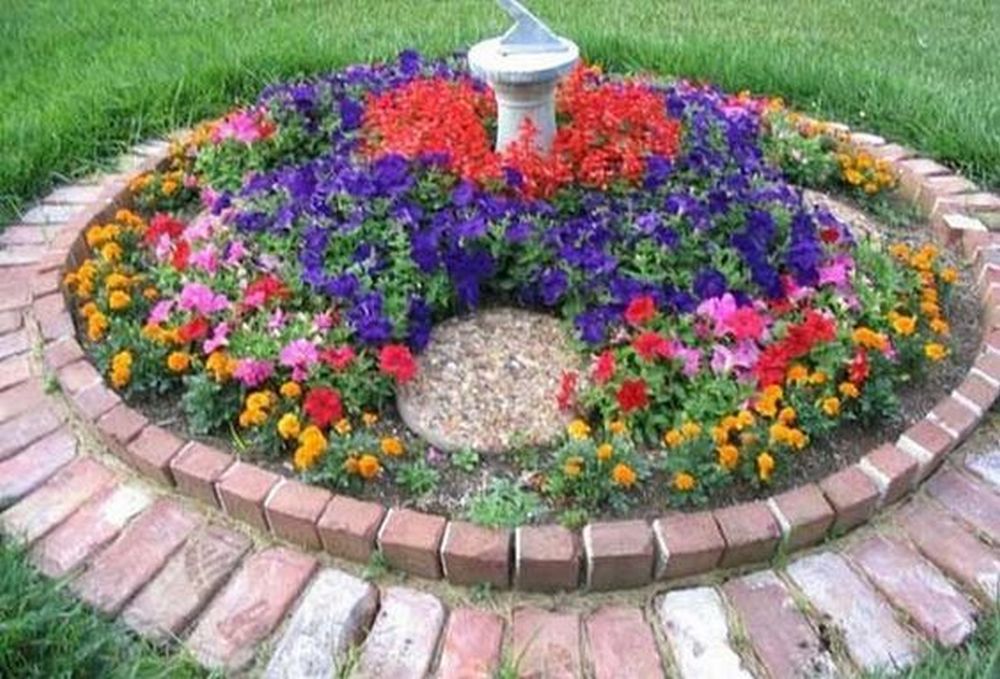
Some people are quite hesitant to start a garden. They’re afraid of just how much hard work, time, and effort it would entail. This is a common misconception, however. Growing a garden could be fun and easy with round raised garden beds.
The fear of gardening’s demands should not deter you from embarking on this enriching journey. By acquiring the right knowledge, taking manageable steps, and approaching it with enthusiasm, you can transform what may seem like hard work into a pleasurable and fulfilling experience.
Undoubtedly, gardening represents a voyage of growth and exploration, wherein each ounce of effort you dedicate yields not only beauty and nourishment but also a profound sense of achievement.
Through careful planning, you can transform even the most demanding soil-related tasks into enjoyable activities. There are a multitude of methods that can elevate the satisfaction and ease of gardening, whether you are tending to a small balcony garden, overseeing a thriving backyard, or nurturing indoor potted plants.
Consider the enticing option of selecting round raised gardens. Building round raised garden beds is a relatively uncomplicated endeavour, and their ongoing maintenance is equally trouble-free.

Raised garden beds will give you several advantages: they drain water well, they prevent soil compaction, and they reduce the growth of weeds.
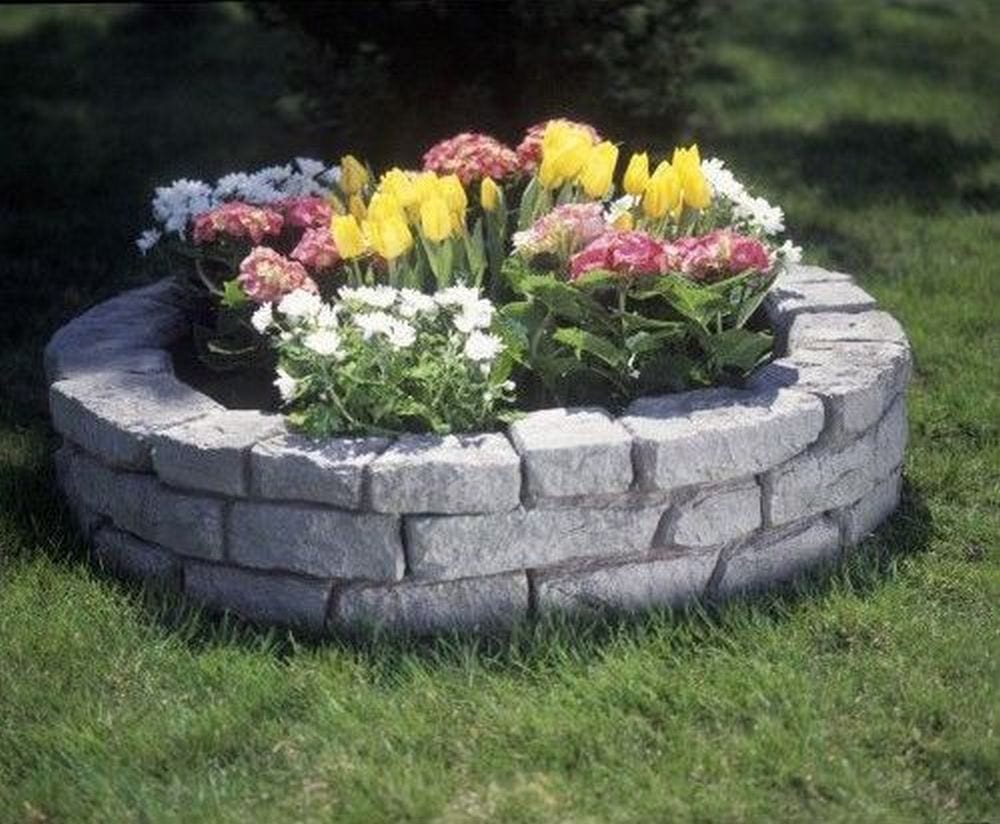
Here are some excellent ideas for round raised garden beds.
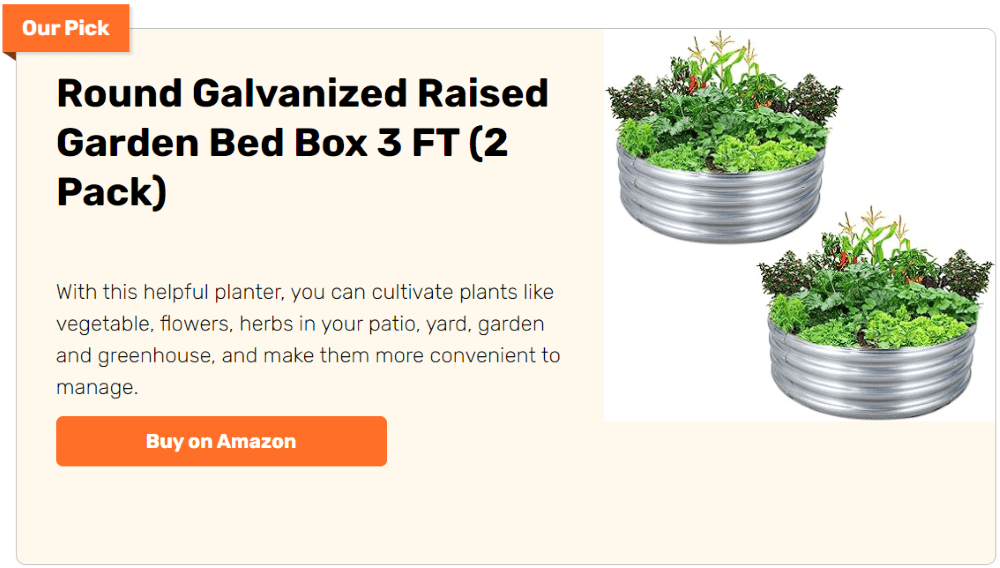
Click on any image to start the lightbox display. Use your Esc key to close the lightbox.
Round Raised Garden Beds to Explore
Contents
- 1 Round Raised Garden Beds to Explore
- 1.1 Round Raised Garden Bed From Bricks
- 1.2 Round Raised Garden Bed From Cinder Blocks
- 1.3 Round Raised Garden Bed From Logs
- 1.4 Round Raised Garden Bed From Steel Pipes
- 1.5 Round Raised Garden Bed From Stones
- 1.6 Round Raised Garden Bed From Tires
- 1.7 Round Raised Garden Bed From Water Troughs
- 1.8 Round Raised Garden Bed From Woven Willows
- 2 Benefits of Round Raised Garden Beds
- 3 Soil and Planting Tips for Round Raised Garden Beds
- 4 FAQ on Round Raised Garden Beds
- 4.1 What are the best plants to grow in a round raised garden bed?
- 4.2 How deep should a round raised garden bed be?
- 4.3 Can I place a round raised garden bed on concrete?
- 4.4 How do I ensure good drainage in my round raised garden bed?
- 4.5 What materials should I avoid using for my round raised garden bed?
- 4.6 How often should I water my round raised garden bed?
- 4.7 Do round raised garden beds require more maintenance?
- 4.8 Can I build a round raised garden bed without tools?
- 4.9 How can I protect my round raised garden bed from pests?
- 5 Circular Garden Elegance
Garden features are more than just places to grow plants; they are artistic expressions, functional marvels, and focal points of any outdoor space. Here are awe-inspiring designs and ideas that will redefine the way you envision your garden. From the elegance of curves to the practicality of raised beds, these round creations promise to elevate your gardening experience to new heights.
Round Raised Garden Bed From Bricks
One of the notable benefits of using a raised garden bed is better control over soil quality and drainage. Not only can you customize the perfect nutrient-rich soil mix for your plants, but the raised design ensures water drainage is on point, preventing root rot and waterlogging from raining on your gardening parade.
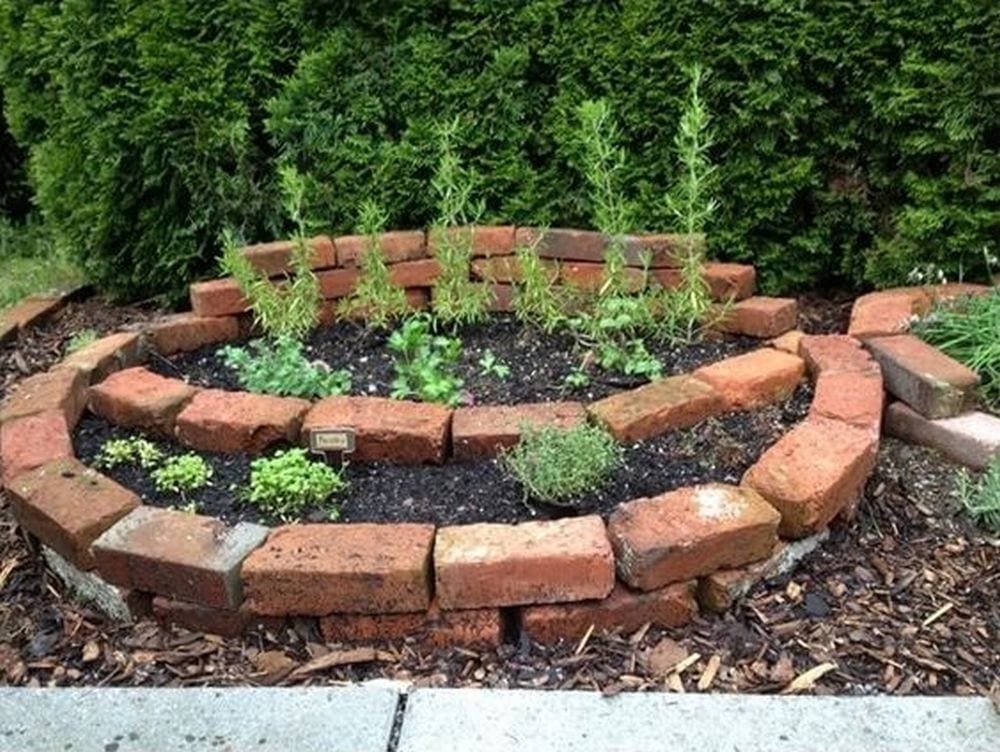

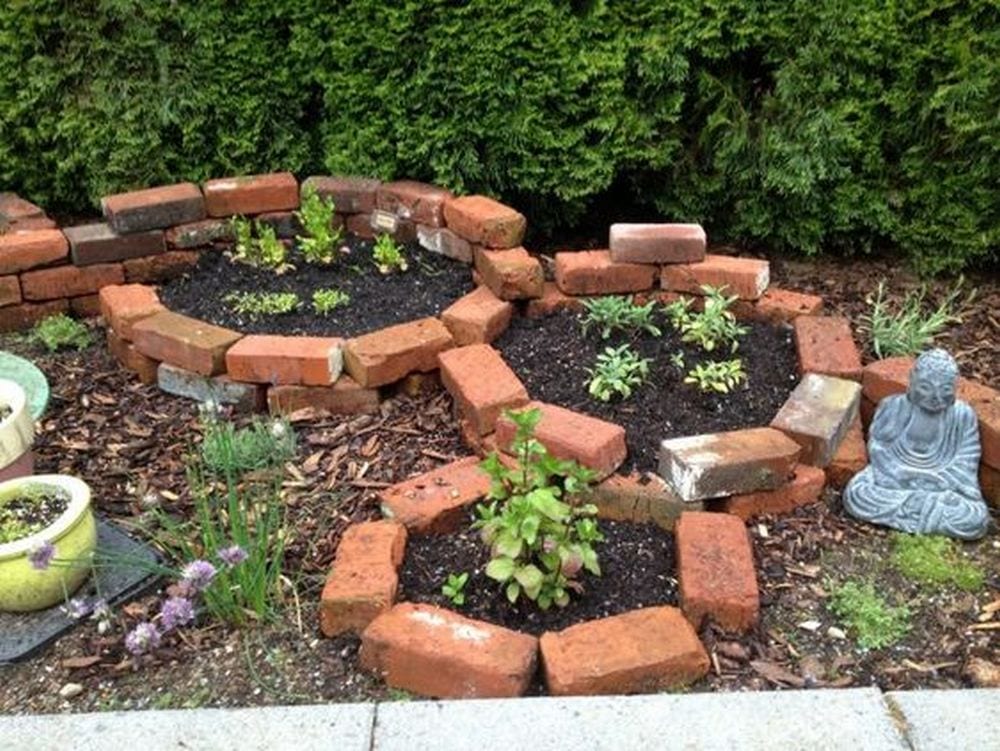
Round Raised Garden Bed From Cinder Blocks
This is a striking fusion of form and function. Its robust construction, adaptable design, and space-efficient layout make it a standout feature in any garden. Whether you’re a seasoned gardener or a casual green thumb, this unique garden bed is certain to elevate your outdoor experience and elevate the aesthetic allure of your landscape.
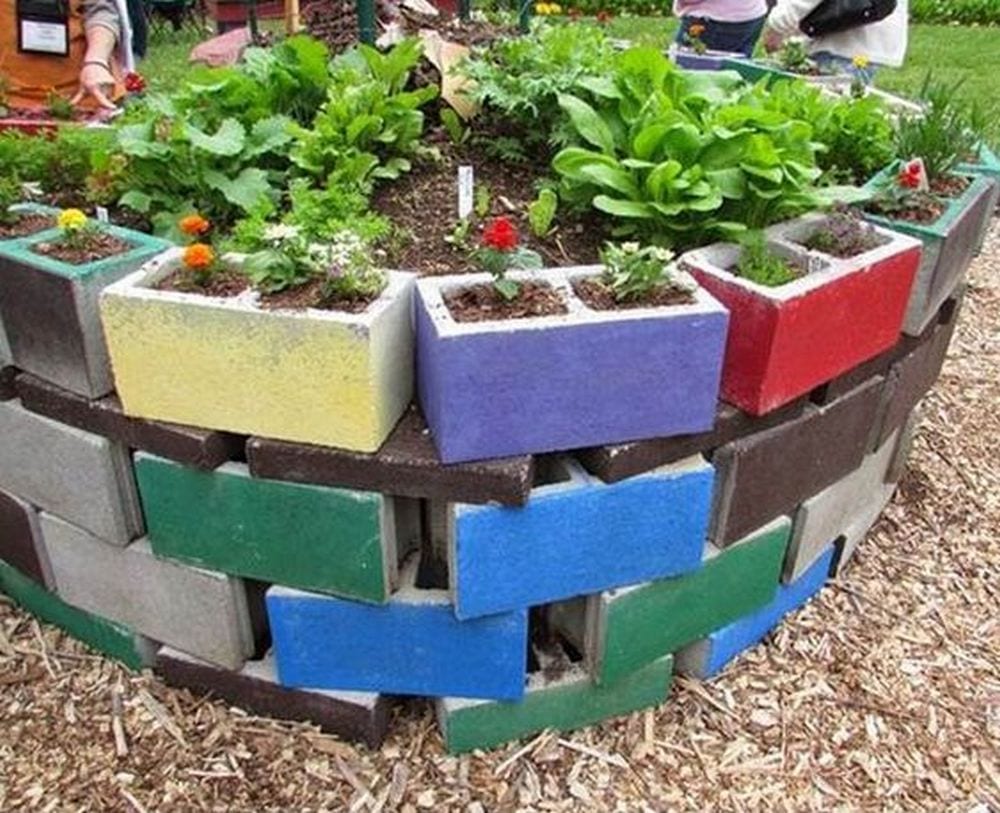

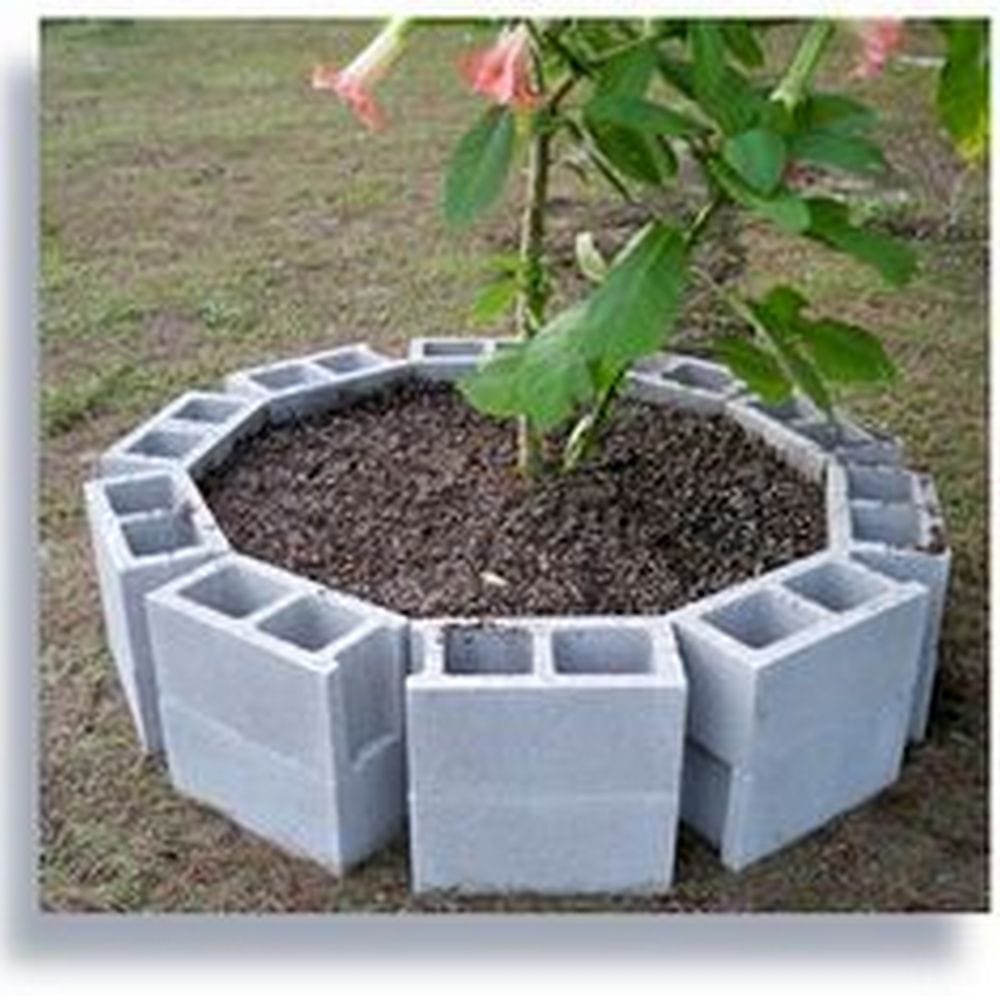
Round Raised Garden Bed From Logs
The use of logs in this garden bed design brings with it a plethora of benefits. Logs are inherently sturdy and durable, making them a sturdy choice for constructing a raised bed. They’re resistant to the elements and are known for their longevity, ensuring that your garden bed will endure for seasons to come. Additionally, logs add a touch of organic beauty to your garden, infusing it with a warm and inviting ambience.
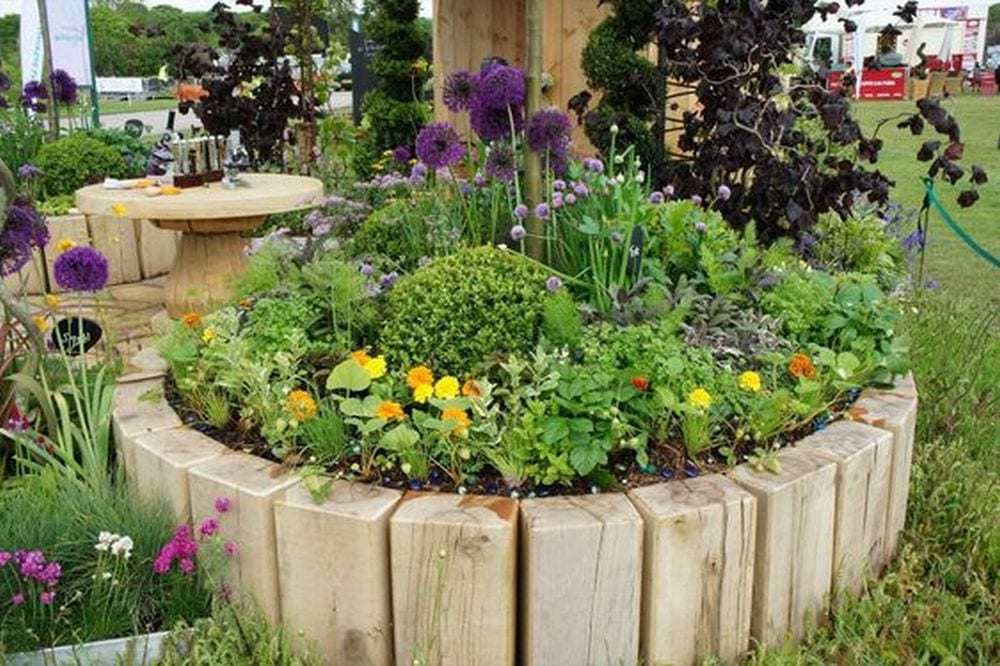
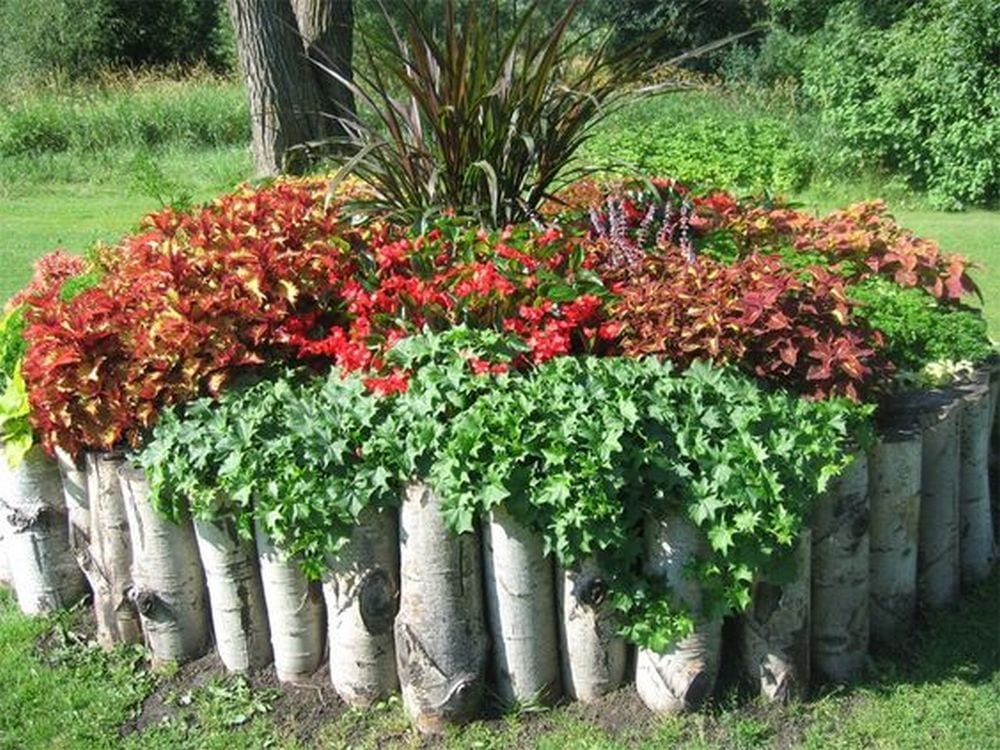

Round Raised Garden Bed From Steel Pipes
Constructing a round raised garden bed from steel pipes is a rewarding DIY project that begins with arranging the pipes in a circular pattern to create the base. Whether you like them tall or short, this baby can grow with you! Add layers of pipes to suit your plant’s every whim and watch as your garden flourishes in its personalized paradise. Get ready to plant and play with the ultimate customizable plant bed!
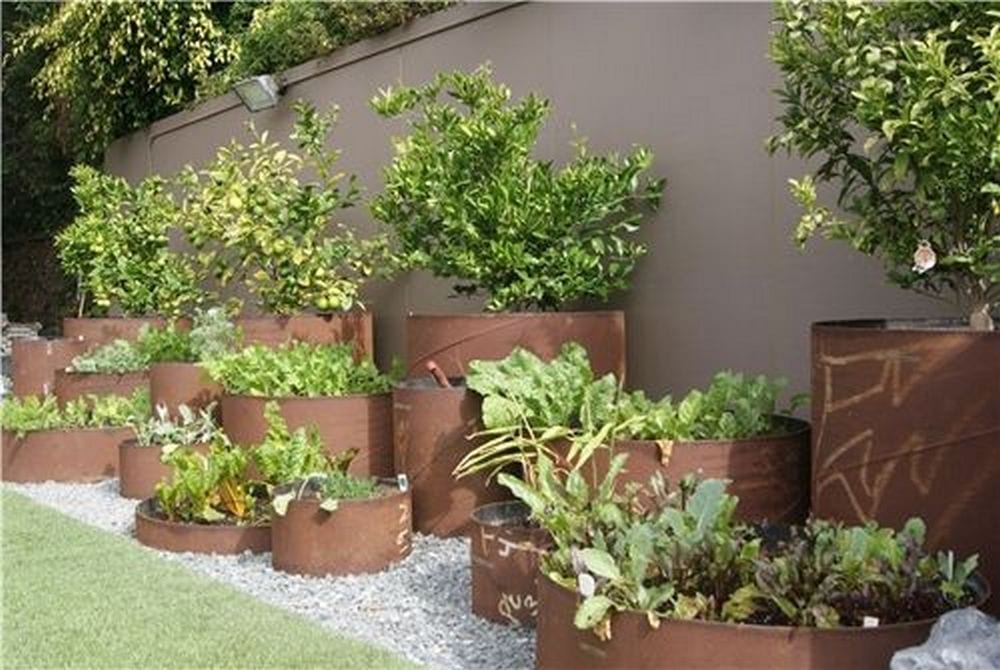
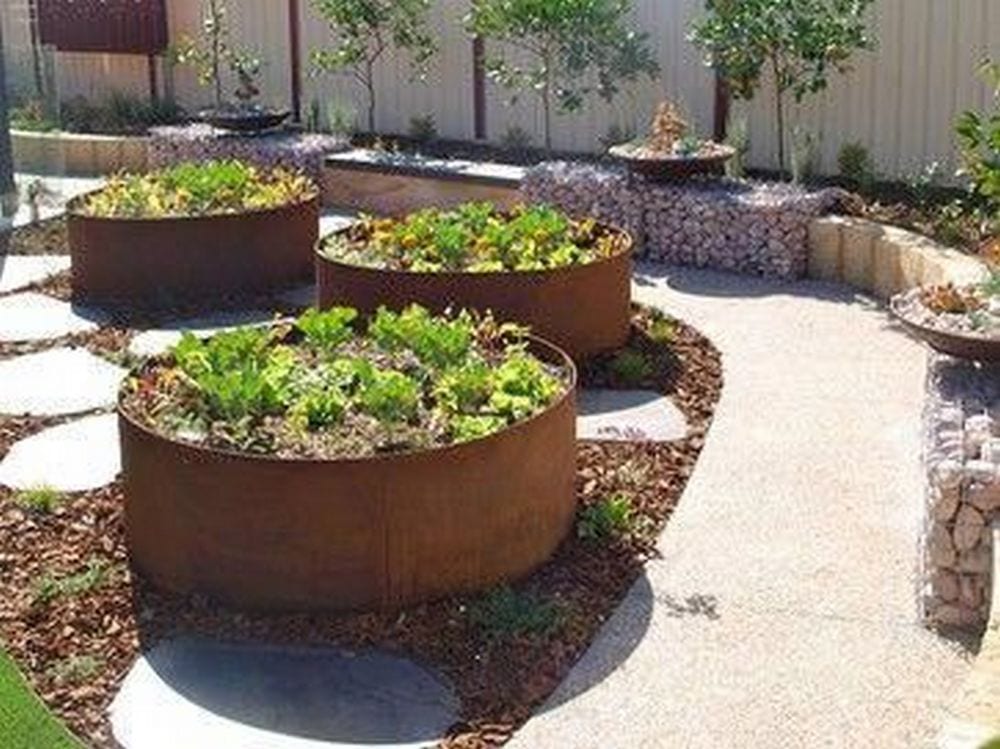
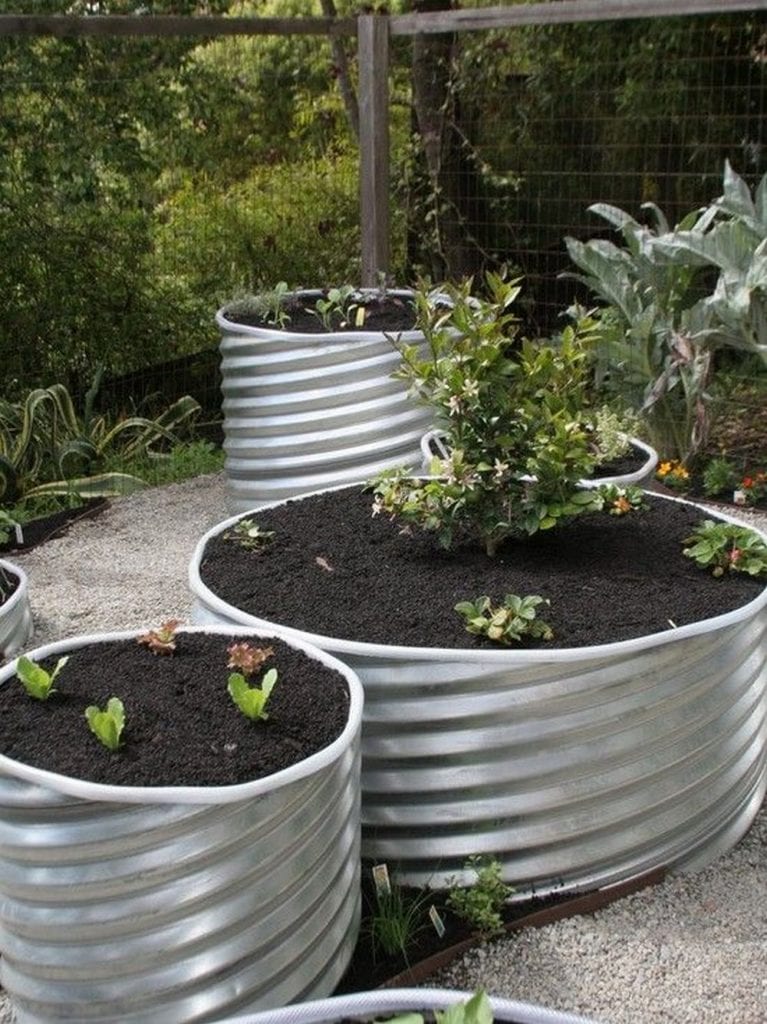
Round Raised Garden Bed From Stones
This a delightful garden feature that combines aesthetics and functionality. It provides an opportunity to create a visually appealing and productive garden while also adding structure and character to your outdoor space.
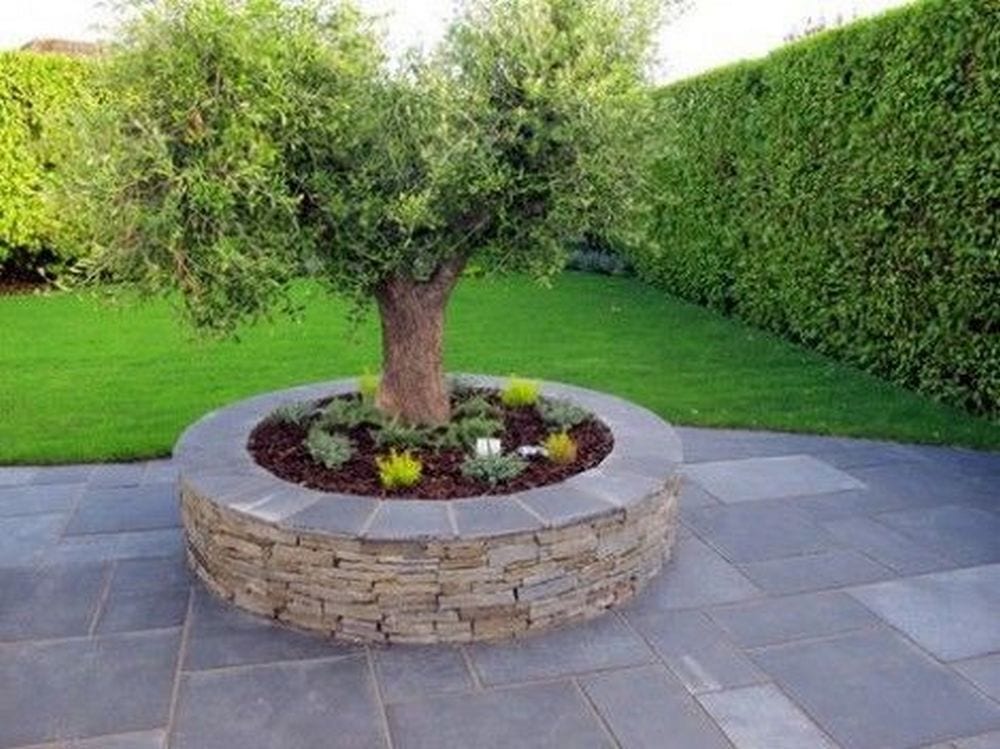
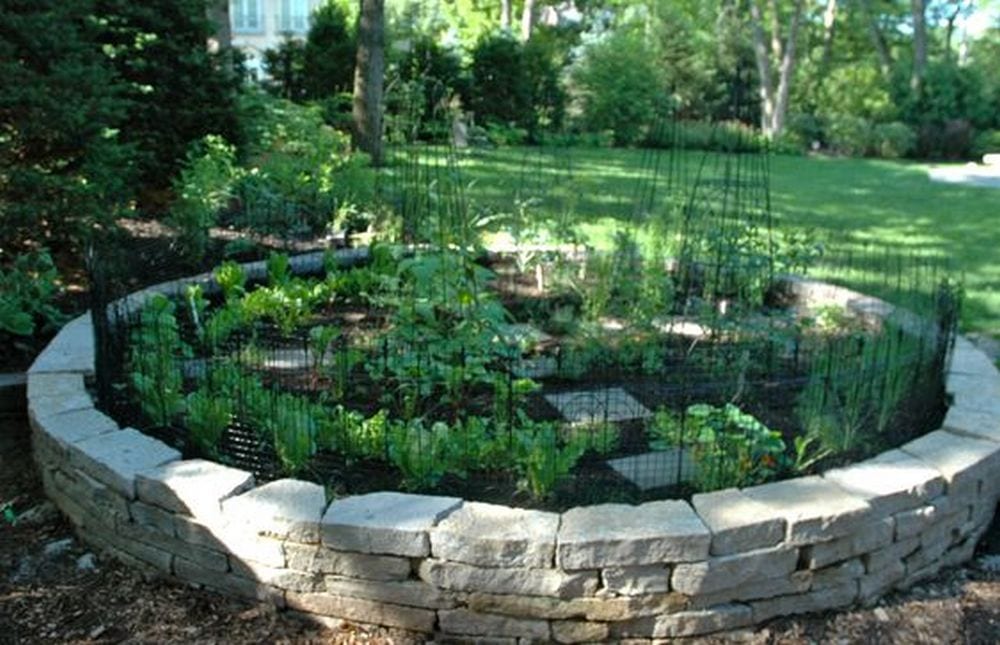
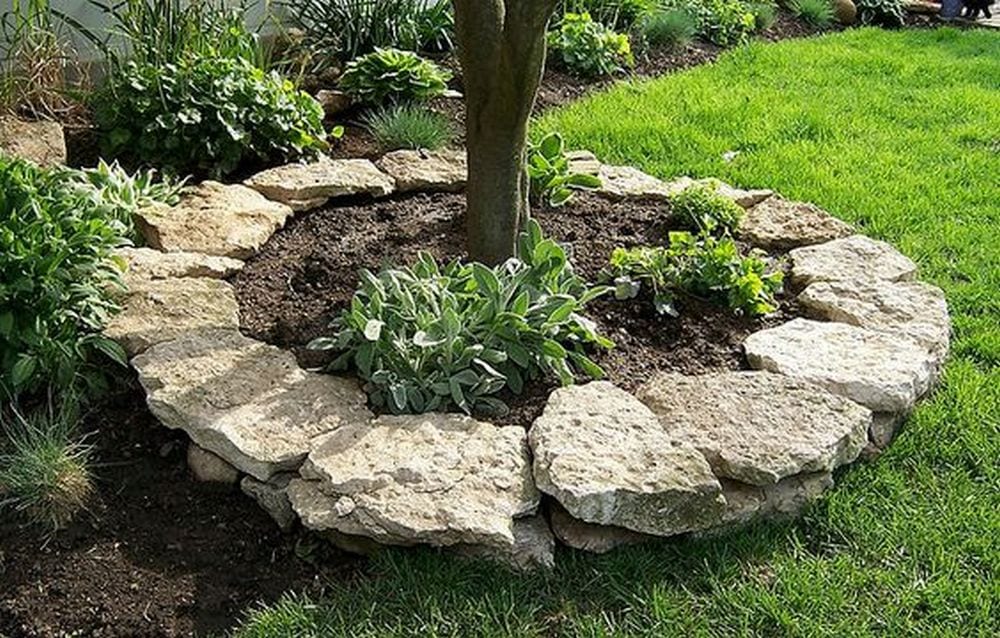
Round Raised Garden Bed From Tires
Whether you’re passionate about cultivating a diverse range of plants or simply looking to make an eco-friendly statement in your outdoor space, this type of garden bed delivers. Its circular layout ensures easy access to all parts of the bed, simplifying planting, maintenance, and harvesting tasks. Also, it sends a powerful message about repurposing and recycling, creating a harmonious fusion of green living and gardening functionality.
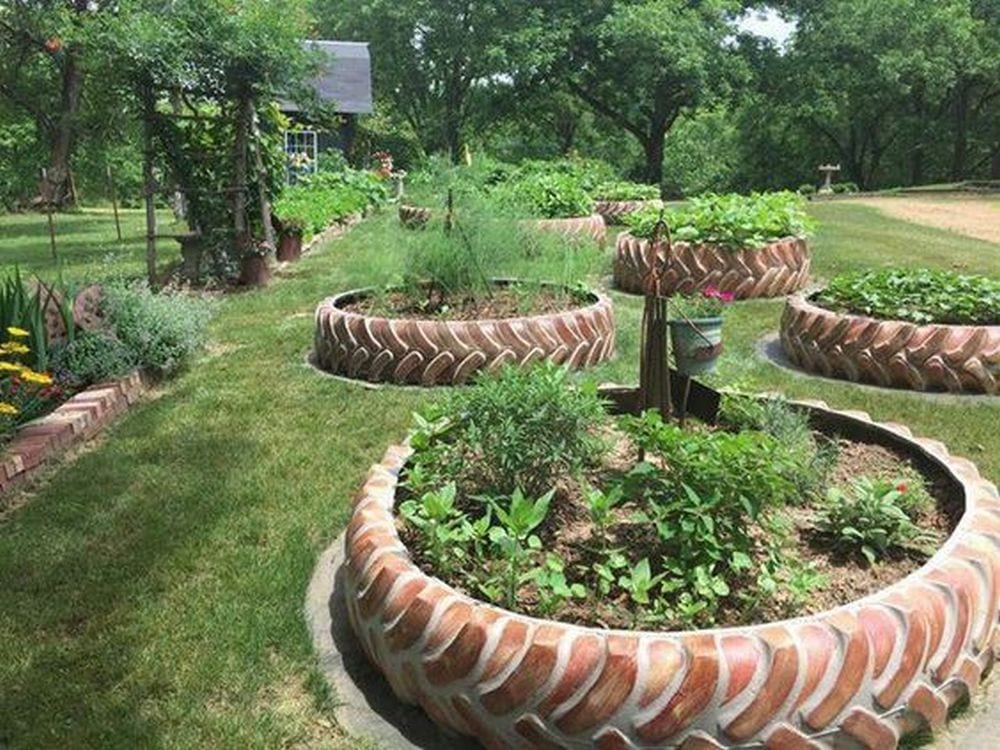


Round Raised Garden Bed From Water Troughs
Creating a round raised garden bed from water troughs is a gratifying DIY project that typically involves arranging the troughs in a circular pattern to create the base. Depending on your preferences and the needs of your plants, you can stack additional troughs to achieve the desired height. This adaptability empowers you to customize the bed according to the specific requirements of your garden.
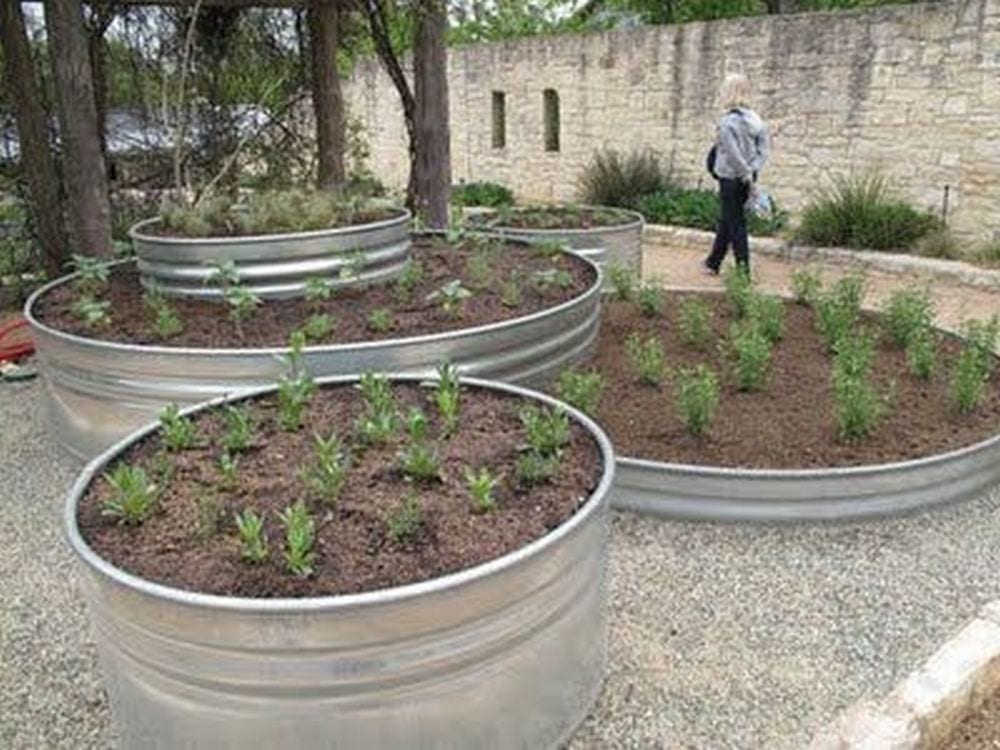
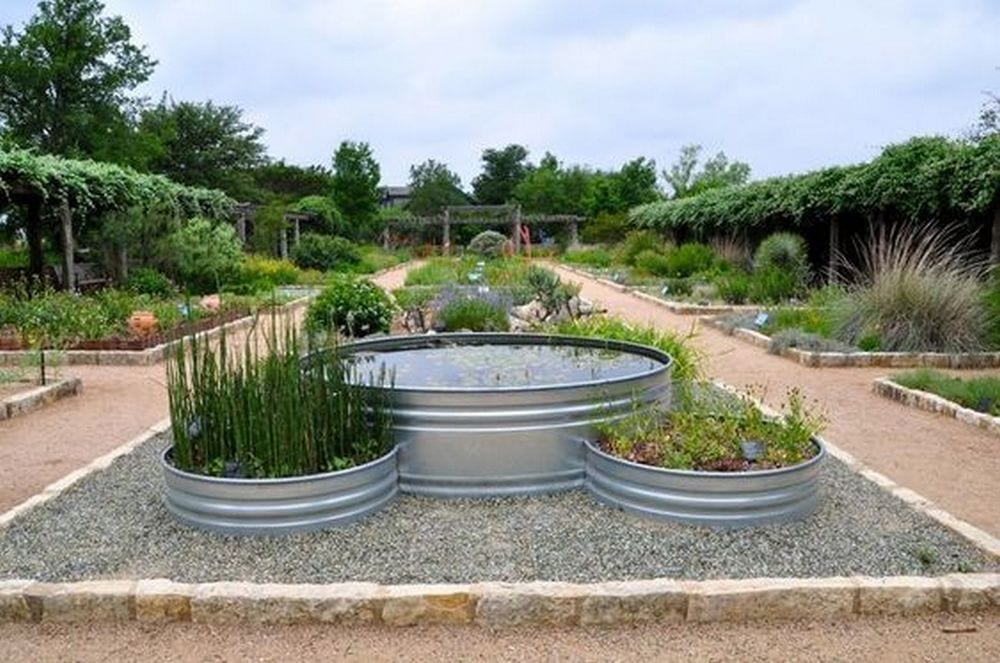
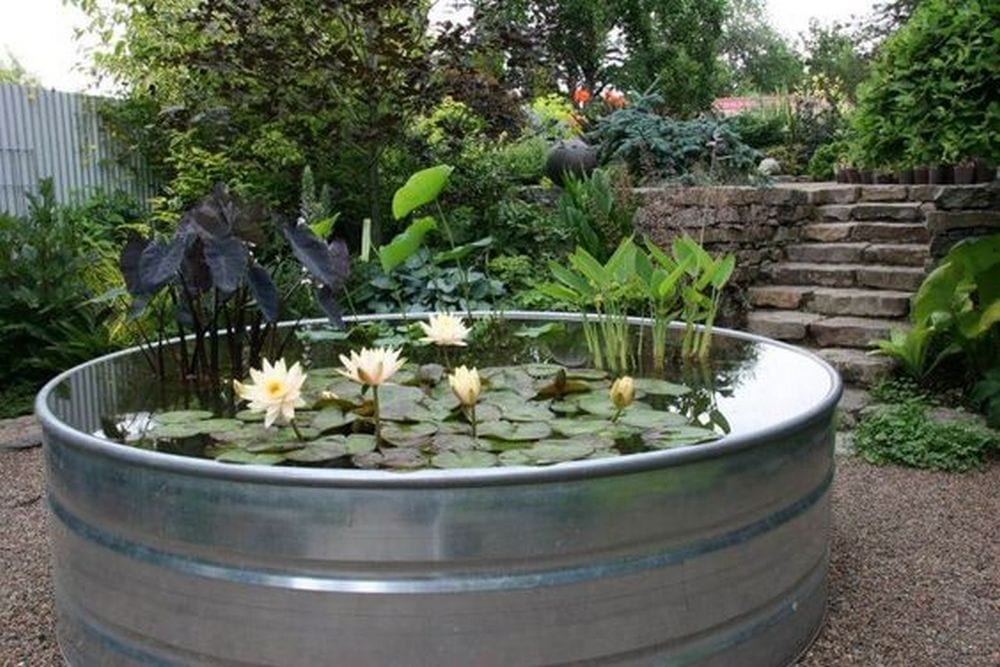
Round Raised Garden Bed From Woven Willows
A round raised garden bed from woven willows serves as a captivating centrepiece in your garden, drawing attention with its unique shape and the lush greenery it cradles. It not only functions as a practical garden bed but also embodies an artisanal approach to gardening. This distinctive blend of aesthetics and utility makes it an ideal choice for both gardening enthusiasts and those new to gardening.
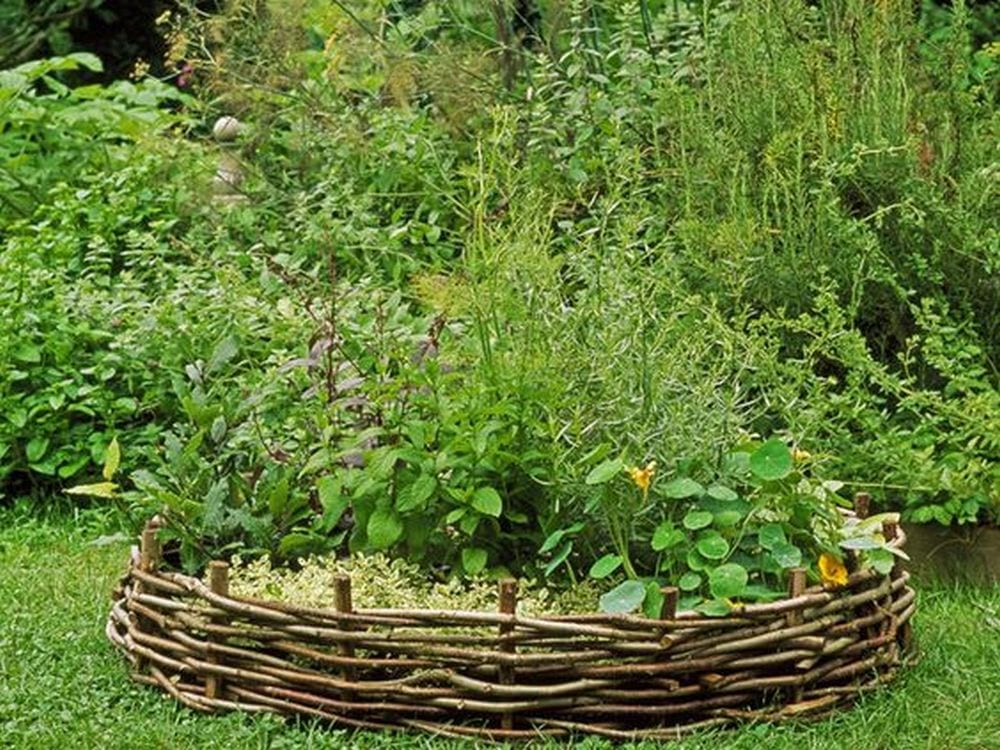
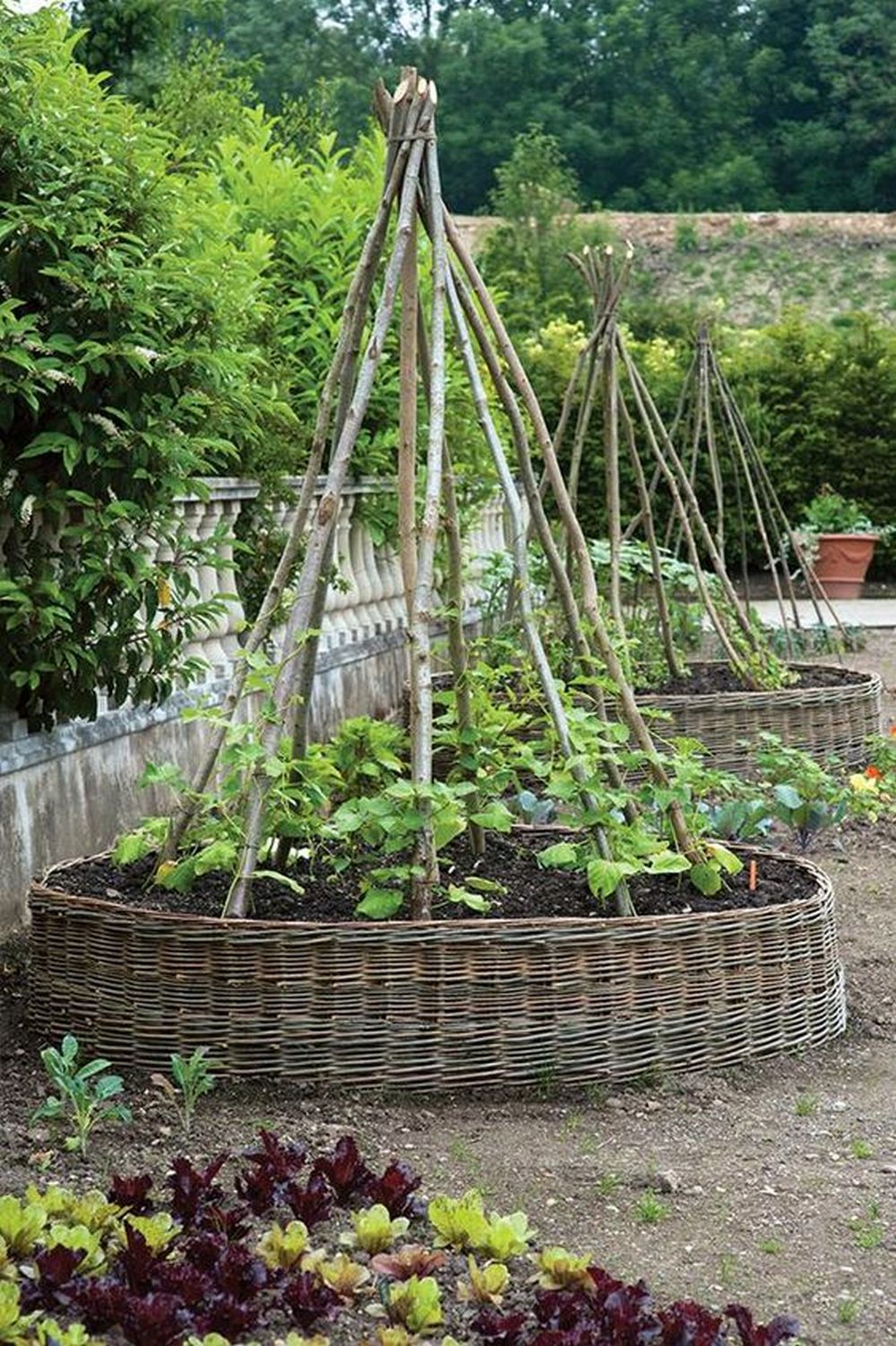
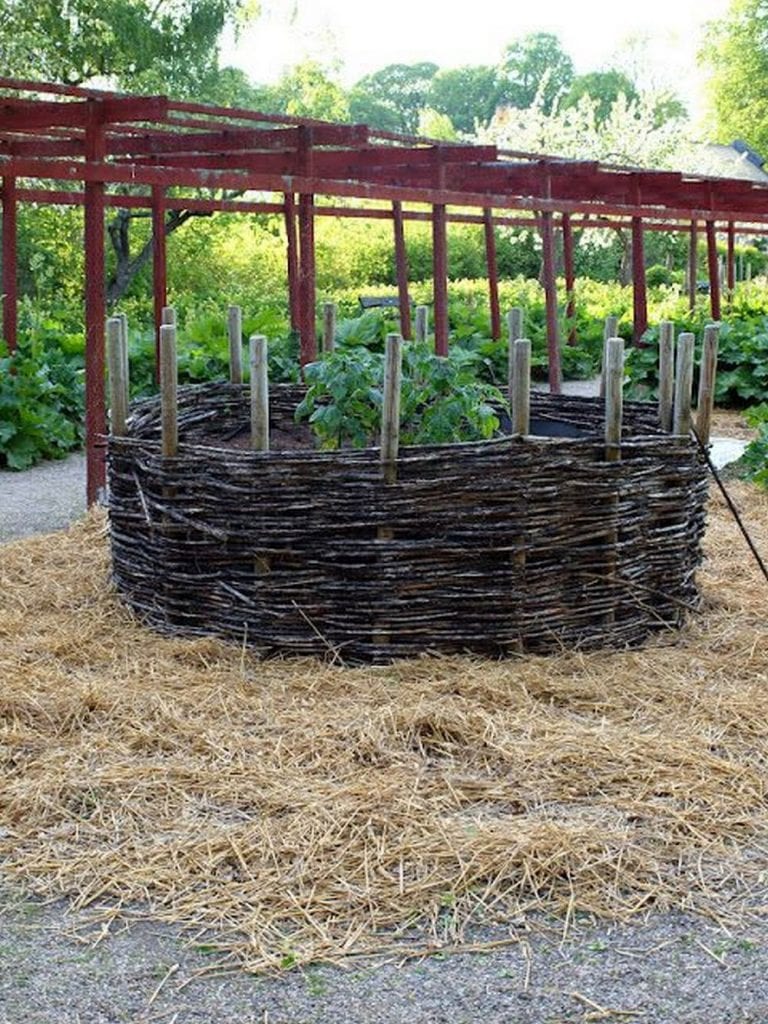
Benefits of Round Raised Garden Beds
Round raised garden beds are a fantastic choice for gardeners looking to enhance their outdoor space. Not only do they offer a unique aesthetic appeal, but they also come with a host of practical benefits. Whether you’re a seasoned gardener or just starting, these garden beds can transform your gardening experience.
Aesthetic Appeal
Round raised garden beds add a visually interesting element to any garden. Their circular shape can serve as a focal point, creating a more dynamic and engaging landscape. This shape can break the monotony of traditional garden layouts, offering a fresh perspective on garden design.
Improved Drainage
One of the key advantages of round raised garden beds is their superior drainage. Elevated soil allows water to flow more freely, reducing the risk of waterlogging and root rot. This is especially beneficial during heavy rainfalls, ensuring your plants remain healthy.
Ease of Access
Gardening in a round raised bed makes reaching every part of the garden easier without stepping on the soil. This accessibility is a huge plus for those with limited mobility or those who wish to minimize effort while tending to their plants. It promotes a more enjoyable and less strenuous gardening experience.
Better Soil Conditions
With round raised garden beds, gardeners have complete control over the soil environment. You can fill your garden bed with the ideal soil mix, ensuring your plants have the nutrients they need to thrive. This control can lead to healthier plants and higher yields.
Pest and Weed Control
These garden beds can also help in reducing the problems of pests and weeds. Raised off the ground, they are less accessible to many garden pests. Additionally, by using a barrier at the bottom of the bed, you can further protect your plants from underground pests. Weeds are also easier to manage in a contained space, saving time and effort in garden maintenance.
Extended Growing Season
The soil in round raised garden beds warms up more quickly in the spring than ground-level soil. This can lead to an earlier planting season, allowing plants to grow for a longer period. In some cases, gardeners can even enjoy multiple harvests from the same bed in a single year.
Versatility
These garden beds offer great versatility in landscaping. They can be placed on any surface, including patios, decks, or uneven ground, making them ideal for urban gardens or areas with poor natural soil. Their design can be tailored to fit any garden style, from rustic to contemporary.
Round raised garden beds bring together form and function to create a gardening solution that is as beautiful as it is practical. They offer an array of benefits that can enhance your gardening experience, making them a worthy addition to any outdoor space.
Soil and Planting Tips for Round Raised Garden Beds
Creating a thriving garden in round raised garden beds starts with the right soil and planting strategies. This approach not only maximizes plant health and yield but also enhances the aesthetic appeal of your garden. Here are essential tips to ensure your round raised garden beds flourish.
Choosing the Right Soil Mix
The foundation of a successful round raised garden bed is the soil mix. Opt for a blend of topsoil, compost, and aeration materials like perlite or vermiculite. This mix ensures good drainage, aeration, and a rich nutrient profile. Adjust the mix based on the specific needs of your plants.
Layering for Success
Layering your soil can provide additional benefits. Start with a layer of gravel or coarse sand at the bottom for drainage, followed by the soil mix. You can also add a layer of mulch on top to retain moisture, regulate soil temperature, and reduce weed growth.
Plant Selection
When selecting plants for your round raised garden bed, consider their height, sunlight needs, and root depth. Arrange taller plants in the center or on the north side to prevent them from shading shorter plants. Mix and match plants to make the most of your space and create a visually appealing arrangement.
Plant Spacing
Proper spacing is crucial in a round raised garden bed. It ensures that each plant has enough room to grow without competing for nutrients, water, or sunlight. Follow the spacing guidelines provided for each plant variety, keeping in mind that some plants may spread more than others.
Watering Wisely
Round raised garden beds tend to dry out faster than in-ground beds, so regular watering is essential. However, overwatering can lead to root rot and other issues. Use a drip irrigation system or soaker hoses for consistent, even watering that reaches the roots directly without wetting the leaves.
Fertilizing
Feed your plants with a balanced, slow-release fertilizer to support their growth. You can also add compost or manure to enrich the soil with organic matter. Monitor your plants for signs of nutrient deficiencies and adjust your fertilization accordingly.
Crop Rotation
Practicing crop rotation in your round raised garden bed can prevent soil-borne diseases and pest infestations. Rotate crops from different plant families each season to maintain soil health and balance.
Seasonal Adjustments
Adjust your planting strategy with the seasons. Start with cool-season crops in early spring and switch to heat-tolerant plants in summer. Consider extending your growing season with cold frames or row covers in fall.
Mulching
Apply a layer of organic mulch around your plants. This can help conserve moisture, suppress weeds, and add nutrients to the soil as it decomposes. Options like straw, bark, or leaf mulch can also improve the appearance of your garden beds.
Companion Planting
Consider companion planting to boost your garden’s productivity and health. Certain plant combinations can deter pests, improve pollination, and enhance growth. For example, marigolds can repel garden pests, while basil planted near tomatoes can improve their flavor.
Soil pH Testing
Regularly test the soil pH in your round raised garden bed. Most vegetables thrive in soil with a pH between 6.0 and 7.0. If your soil is too acidic or alkaline, adjust it using lime (to raise pH) or sulfur (to lower pH) to create the ideal growing environment.
Incorporate Perennials
While annuals complete their lifecycle in one season, perennials come back year after year. Incorporating perennial herbs, vegetables, and flowers can provide structure to your garden, reduce annual planting efforts, and attract beneficial insects.
Maximize Vertical Space
Utilize the vertical space in and around your round raised garden beds. Trellises, stakes, and cages can support climbing plants like tomatoes, cucumbers, and beans. This not only saves space but also improves air circulation around the plants, reducing the risk of disease.
Regular Maintenance
Check your garden regularly for signs of pests or disease. Early detection is key to managing potential problems without resorting to harsh chemicals. Remove any diseased or infested plants promptly to prevent the spread.
Watering in the Morning
Water your garden in the early morning to reduce evaporation and allow the water to soak deeply into the soil. This timing also helps prevent fungal diseases by ensuring that foliage has time to dry before evening.
Attracting Beneficial Insects
Create a habitat for beneficial insects by planting various flowers and herbs that bloom at different times throughout the growing season. These insects, such as bees, ladybugs, and lacewings, can help pollinate your plants and control pest populations.
These soil and planting tips can transform your round raised garden beds into productive and beautiful garden spaces. With the right care and attention, your garden will thrive, providing a bountiful harvest and a serene outdoor retreat.
FAQ on Round Raised Garden Beds
What are the best plants to grow in a round raised garden bed?
How deep should a round raised garden bed be?
Can I place a round raised garden bed on concrete?
How do I ensure good drainage in my round raised garden bed?
What materials should I avoid using for my round raised garden bed?
How often should I water my round raised garden bed?
Do round raised garden beds require more maintenance?
Can I build a round raised garden bed without tools?
How can I protect my round raised garden bed from pests?
Circular Garden Elegance
Elevate your gardening experience with these designs that are more than just planting spaces; they’re stunning combinations of artistry and functionality. From rustic stone to modern steel, these circular raised beds redefine gardening aesthetics.
Whether you’re seeking a timeless, weathered look that seamlessly blends into your landscape or a modern statement piece that demands attention, these circular raised beds deliver something for every taste.
Maximize your garden space and enhance its visual appeal. Step into a world where curves and contours become a canvas for your green dreams.
Ready to make some unique raised garden beds? Your outdoor space is about to bloom into an enchanting haven of beauty and inspiration!
Not only will it be a feast for the eyes but also be a source of endless delight and creative energy! Happy building!
Read our guide on diverse blooms and plants to know what to cultivate in your garden bed.








